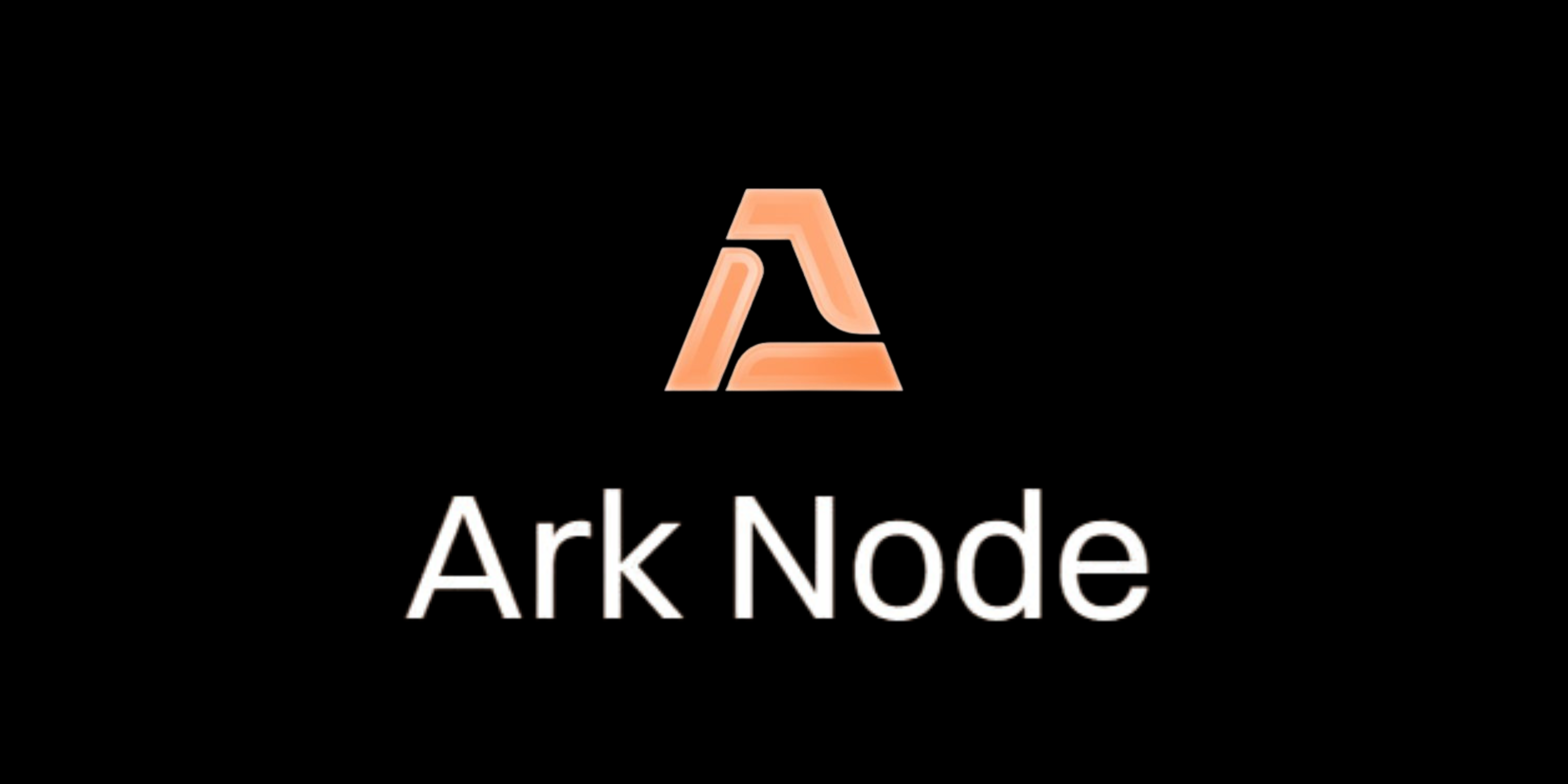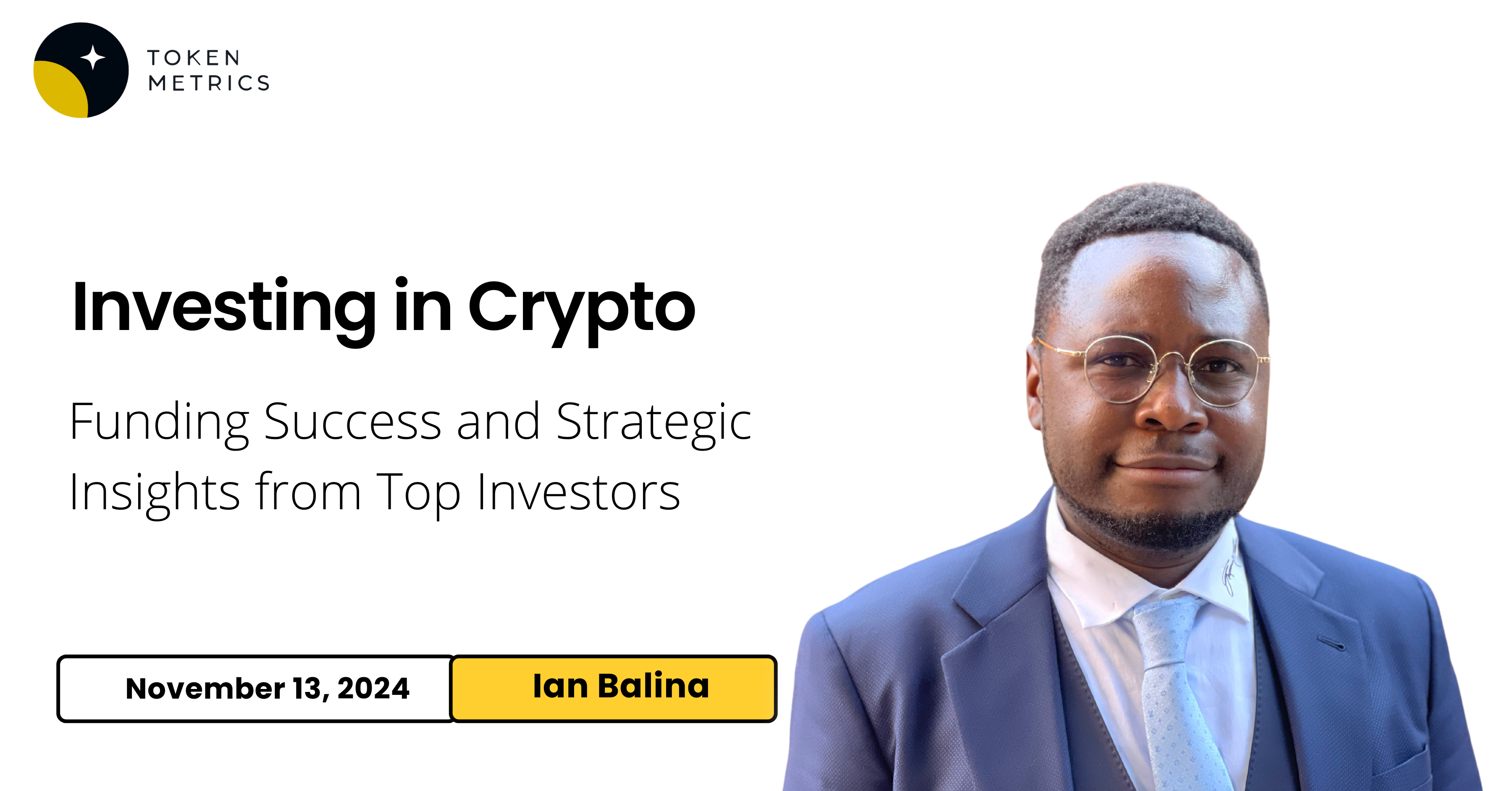Introduction
Ark is an innovative Layer-2 solution that enhances Bitcoin’s transaction scalability by reducing on-chain dependency. By employing a shared UTXO (Unspent Transaction Output) model, Ark enables rapid, cost-efficient Bitcoin transactions through off-chain routing while preserving the integrity and security of the leading Bitcoin network. The protocol offers two versions: Ark, which uses covenants for enhanced functionality, and clArk, a covenant-less version compatible with Bitcoin today.
Innovation
Ark is unique among Bitcoin scaling solutions due to its use of Virtual Transaction Outputs (VTXOs) and the capability for users to perform off-chain transactions without compromising Bitcoin’s trustless design. Reclaiming funds directly from the Bitcoin mainchain through the VTXO tree provides an additional layer of security. Ark’s hybrid approach with covenant-based and covenant-less versions allows it to adapt to Bitcoin’s current limitations while providing an efficiency boost using covenants.
Architecture
Ark’s architecture relies on Ark Service Providers (ASPs), who handle off-chain transactions through shared VTXO trees. Each transaction occurs within scheduled “rounds,” wherein the ASPs aggregate user requests, creating new VTXOs for participants. In clArk, without covenants, the model shifts to pre-signed transactions to mimic the functionality of covenants, though with a higher degree of interactivity and storage requirements. This modular architecture provides flexibility, allowing for scaling and adaptability across different Bitcoin implementations.
Code Quality
Ark’s codebase focuses on trust-minimization principles, ensuring security while providing efficient transaction processing. Using VTXO structures for transactions allows for a high degree of modularity and batch processing, which minimizes the performance overhead and transaction costs. However, the clArk version’s reliance on pre-signed transactions raises concerns about increased storage requirements and complexity in management, particularly as the protocol scales. Comprehensive testing for resilience, especially around exit mechanisms and ASP coordination, will be crucial for reliability.
Product Roadmap
Ark’s roadmap aims to advance the protocol’s resilience and usability. A primary focus is reducing user dependency on ASPs, through decentralized ASP networks or reputation systems to enhance reliability and mitigate trust concerns. Additionally, potential enhancements in the covenant-based Ark could reduce round timeframes, making the protocol more suitable for various Bitcoin scaling demands. The roadmap also emphasizes compatibility and testing across Bitcoin’s evolving technical landscape.
Usability
Ark’s user experience is built to provide seamless off-chain transactions. However, timelocks and interactions with ASPs introduce a learning curve for users unfamiliar with complex protocols. The dependency on ASPs for liquidity in round-based transactions may also limit usability in low-liquidity environments. Despite this, Ark offers versatility through options for cooperative and non-cooperative exits, allowing users to regain funds even if ASPs are unresponsive.
Team
The Ark team demonstrates a solid understanding of Bitcoin’s underlying principles and scaling challenges. Their experience in off-chain transaction architecture and dedication to minimizing the need for trust in ASPs is evident. Continued involvement with the broader Bitcoin developer community could support Ark’s progression and enhance its credibility as a Layer-2 solution.
Conclusion
Ark offers a promising approach to Bitcoin’s scaling limitations by enabling secure, low-cost, off-chain transactions. Its unique VTXO model, combined with ASP-driven transaction aggregation, provides a solution that balances scalability with Bitcoin’s decentralized ethos. Nevertheless, Ark’s reliance on ASPs and the complexities surrounding timelocks and exit mechanisms could impact user adoption. With future improvements focused on minimizing trust requirements and refining user experience, Ark has the potential to become a viable scaling layer for Bitcoin.
| Initial Screening | |||
| Keep researching | |||
| Does this project need to use blockchain technology? | Yes | ||
| Can this project be realized? | Yes | ||
| Is there a viable use case for this project? | Yes | ||
| Is the project protected from commonly known attacks? | Yes | ||
| Are there no careless errors in the whitepaper? | Yes | ||
| Project Technology Score | |||
| Description | Scorecard | ||
| Innovation (Out Of 11) | 9 | ||
| How have similar projects performed? | Good | 2 | |
| Are there too many innovations? | Regular | 2 | |
| Percentage of crypto users that will use the project? | 6%-10% | 3 | |
| Is the project unique? | Yes | 2 | |
| Architecture (Out of 12) | 9 | ||
| Overall feeling after reading whitepaper? | Medium | 1 | |
| Resistance to possible attacks? | Medium | 1 | |
| Complexity of the architecture? | Not too complex | 2 | |
| Time taken to understand the architecture? | 20-50 min | 1 | |
| Overall feeling about the architecture after deeper research? | Good | 4 | |
| Has the project been hacked? | No | 0 | |
| Code Quality (out of 15) | 12 | ||
| Is the project open source? | Yes | 2 | |
| Does the project use good code like C,C++, Rust, Erlang, Ruby, etc? | Yes | 2 | |
| Could the project use better programming languages? | No | 0 | |
| Github number of lines? | More than 10K | 1 | |
| Github commits per month? | More than 10 | 2 | |
| What is the quality of the code? | Good | 2 | |
| How well is the code commented? | Good | 1 | |
| Overall quality of the test coverage? | Good | 1 | |
| Overall quality of the maintainability index? | Good | 1 | |
| When Mainnet (out of 5) | 5 | ||
| When does the mainnet come out? | Mainnet | 5 | |
| Usability for Infrastructure Projects (out of 5) | 5 | ||
| Is it easy to use for the end customer? | Yes | 5 | |
| Team (out of 7) | 6 | ||
| Number of active developers? | 5+ | 2 | |
| Developers average Git Background? | Senior | 2 | |
| Developers coding style? | Solid | 2 | |
| Total Score (out of 55) | 46 | ||
| Percentage Score | |||
| Innovation | 16.36% | ||
| Architecture | 16.36% | ||
| Code Quality | 21.82% | ||
| Mainnet | 9.09% | ||
| Usability | 9.09% | ||
| Team | 10.91% | ||
| Total | 83.64% |





